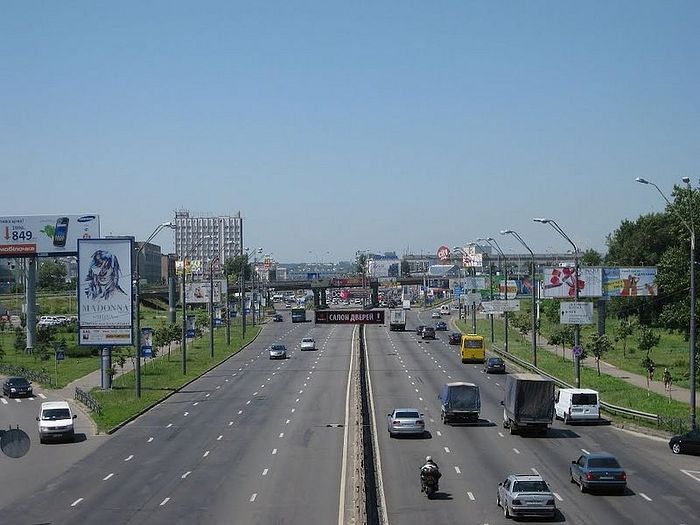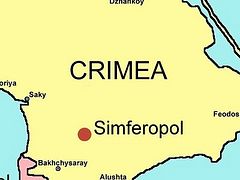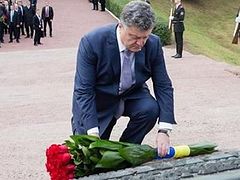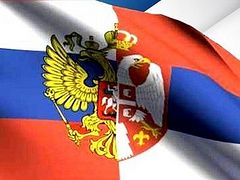Kiev, March 2, 2016
The initiative belongs to the Ukrainian Institute for National Remembrance, reports TASS. The commission formed at the Ukrainian capital's mayoral office to review place name changes has endorsed this idea, wrote head of the Ukrainian Institute for National Remembrance Vladimir Vyatrovich on Facebook.
“The commission on place names at the Kiev City administration has approved the proposal by the Ukrainian Institute to rename Moscow Avenue in honor of Stepan Bandera,” V. Vyatrovich wrote.
Last May the Verkhovna Rada (the Ukrainian Parliament) proposed to rebury the remains of Bandera in Ukraine. The grave of the ideologue of Ukrainian nationalism, head of the Organization of Ukrainian Nationalists, is in Munich (Germany) and it has been vandalized more than once. In 2015 alone there were several such incidents.
Glorification of Bandera in Ukraine did not begin today nor even yesterday. In 2010 the Ukrainian President Viktor Yushchenko issued a decree to award Bandera the posthumous title of "Hero of Ukraine." The European Parliament then expressed its regret about this fact and subsequently called upon the new President Viktor Yanukovich to reconsider the decision of his predecessor. A year later the High Administrative Court of Ukraine declared the above-mentioned decree signed by Yushchenko illegitimate.
On April 9, 2015, the Verkhovna Rada recognized all who had fought for Ukrainian independence in the 20th century, including the Ukrainian Insurgent Army, or UPA (part of the Organization of Ukrainian Nationalists).
The Organization of Ukrainian Nationalists was an ultra-right political organization, active mainly in Western Ukraine. Pursuing its goal – creation of “an independent Ukraine” – this organization was involved in various extremist activities, including terrorist acts.
The two major “pillars” of its ideology were jingoism and xenophobia. The organization’s activity was profoundly anti-Polish, anti-Soviet and anti-Semitic by nature. During the Second World War the Organization of Ukrainian Nationalists in collaboration with German intelligence agencies started a struggle against the Soviet authority. In 1943 it formed the Ukrainian Insurgent Army, or UPA (its activity is banned in the Russian Federation).
With the active support of Organization of Ukrainian Nationalists members, the SS Galician division (a Nazi German military unit made up mostly of Ukrainians) was formed. According to some sources, UPA members killed no fewer than one million people, including around 200,000 Poles.




